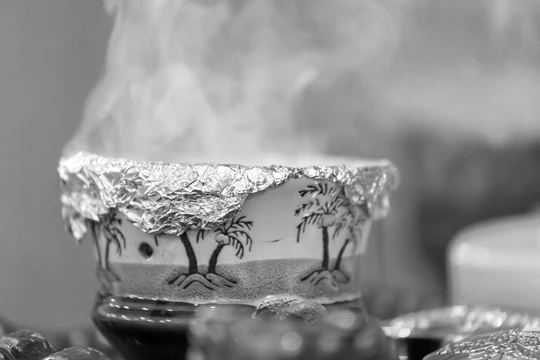
The History of Oud Perfume: A Deep Dive into its Origins
The history of oud can be traced back to ancient civilizations, including those of Egypt, China, and India. It was highly valued in religious rituals, royal courts, and traditional medicine. In ancient Egypt, oud was used in incense and burial ceremonies, with pharaohs believing it had spiritual and healing properties. Meanwhile, in India and China, it was commonly used in Ayurveda and traditional medicine for its calming and meditative effects. Oud in Islamic and Middle Eastern Culture Oud holds a deep cultural and spiritual significance in the Middle East, where it has been treasured for centuries. It is mentioned in Islamic texts and is often burned as Bakhoor (incense) during religious gatherings and special occasions. Middle Eastern royals and noble families have long embraced oud as a symbol of prestige and luxury, often wearing pure oud oil as a personal scent. The Expansion of Oud in Perfumery With its deep, woody, and complex aroma, oud gained international recognition and became a key ingredient in luxury perfumery. French and Western perfumers began incorporating oud into their fragrances, blending it with floral, spicy, and citrusy notes to create unique and modern scents. Today, oud perfumes are a global phenomenon, loved by fragrance enthusiasts for their richness, longevity, and distinct character. Conclusion From ancient traditions to modern luxury, the history of oud perfume is a testament to its enduring allure. Its mystical, warm, and captivating scent continues to enchant people across the world. Whether worn as a personal fragrance or used in spiritual practices, oud remains a symbol of elegance, heritage, and timeless luxury.

